How Medieval Women Really Dressed
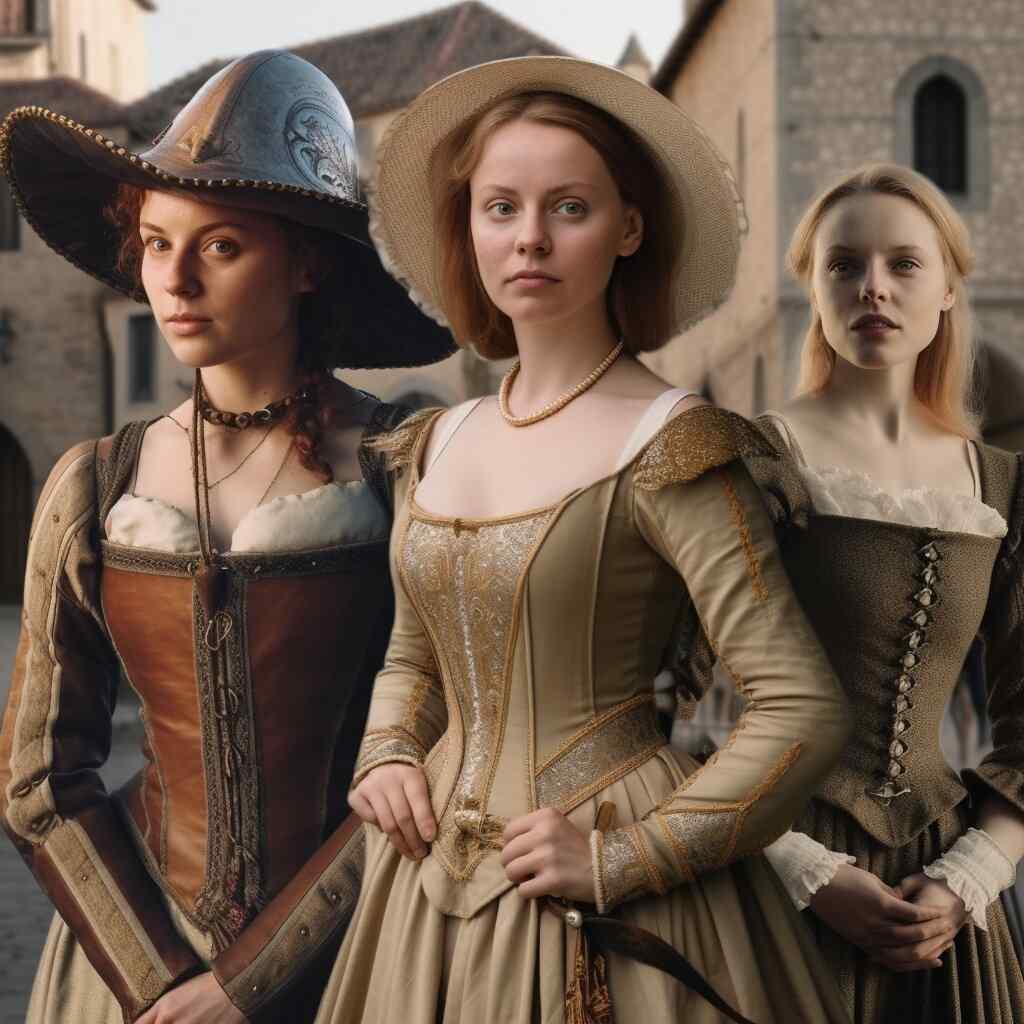
Back in the Dark Ages, people didn't bother to change fashion as quickly as they did in later periods. Women largely invested in garments made of tough, durable materials that could last a lifetime. However, wealthy women and the aristocracy took great pride in their appearance by wearing more attractive clothing made of finer fabrics and detailed ornamentation.
A base layer of a linen under-dress that stretched from the shoulder down to ankle length was often worn by Medieval women. That's right, no underwear. On top, a wool strap dress of a shorter length would be worn. Women took a great interest in headgear during the High and Late Middle Ages. Fashionable and durable hats were often worn.
The Pope Killed The Cats
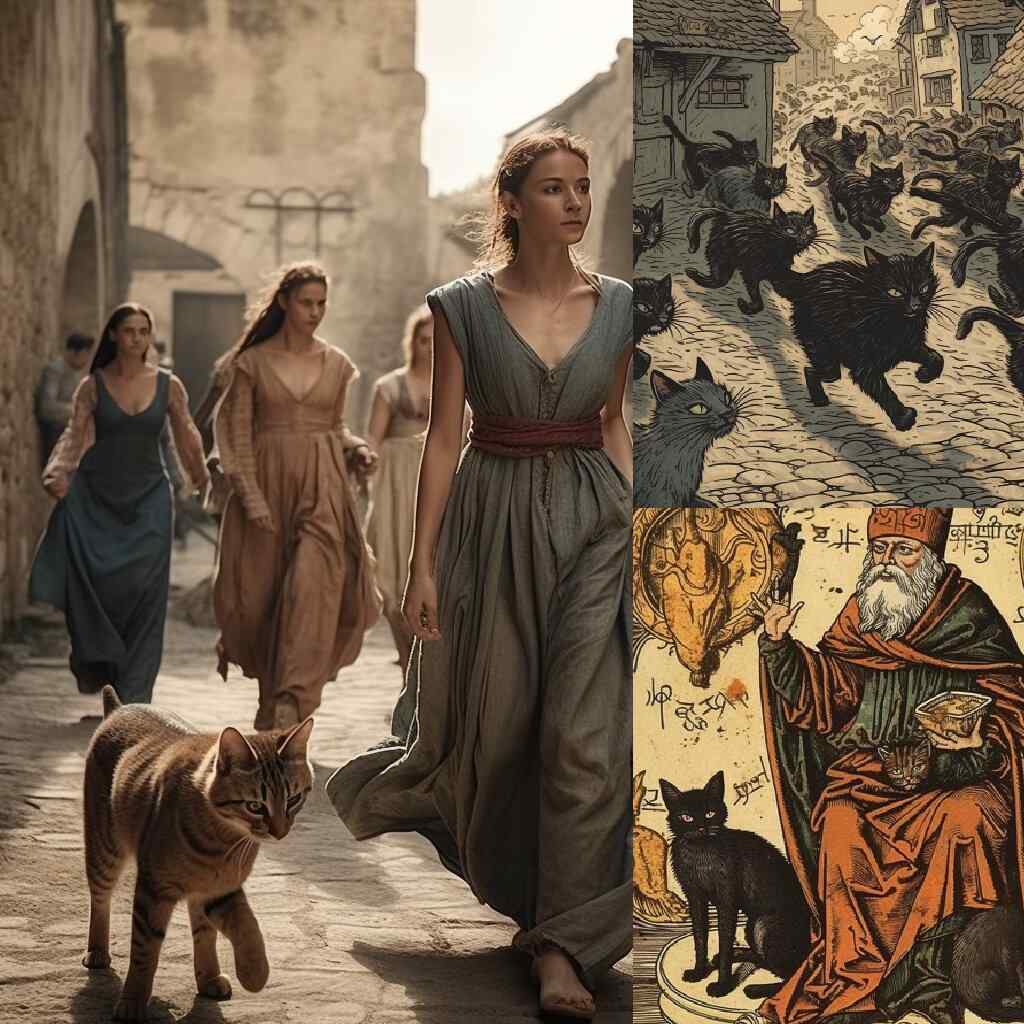
In the early 13th century, Pope Gregory IX pronounced all cats Satan's tools. Cats, especially black cats, were tortured and killed because they were thought to be Luciferian. This was part of the church's longstanding campaign to demonize pagan religions, rituals, and ideals. Once the cat was connected with Satan, it was tortured and killed.
Many did this to stave off bad luck, show loyalty to Christ, or as part of ailuromancy rituals (using cats to foresee the future). Some think that the Black Death was caused by the plague-infected rats population exploding due to cat hunting. However, this notion is not widely accepted as there is no conclusive evidence connecting the two events. But.. You know.. You have a brain.
The Power Redistribution

The Medieval Church rose to dominance when the Roman Empire fell in the fifth century. With Roman Catholic beliefs, the Medieval Church was viewed as a mediator between God and the people, and the clergy was considered the "gatekeepers to heaven," inspiring reverence, wonder, and dread. Unfortunately, at the time, no European monarchy emerged to fill the power vacuum.
Instead, the Catholic Church of the Middle Ages rose to conquer Europe. Thus, many socioeconomic classes paid tax to the Church in the form of a 10% tax of their income or wealth going to the Pope. The Church created much of the period's literature, and in Medieval agricultural culture, clerics had rare opportunities to learn to read and write.
Merchants Were Their Own Class
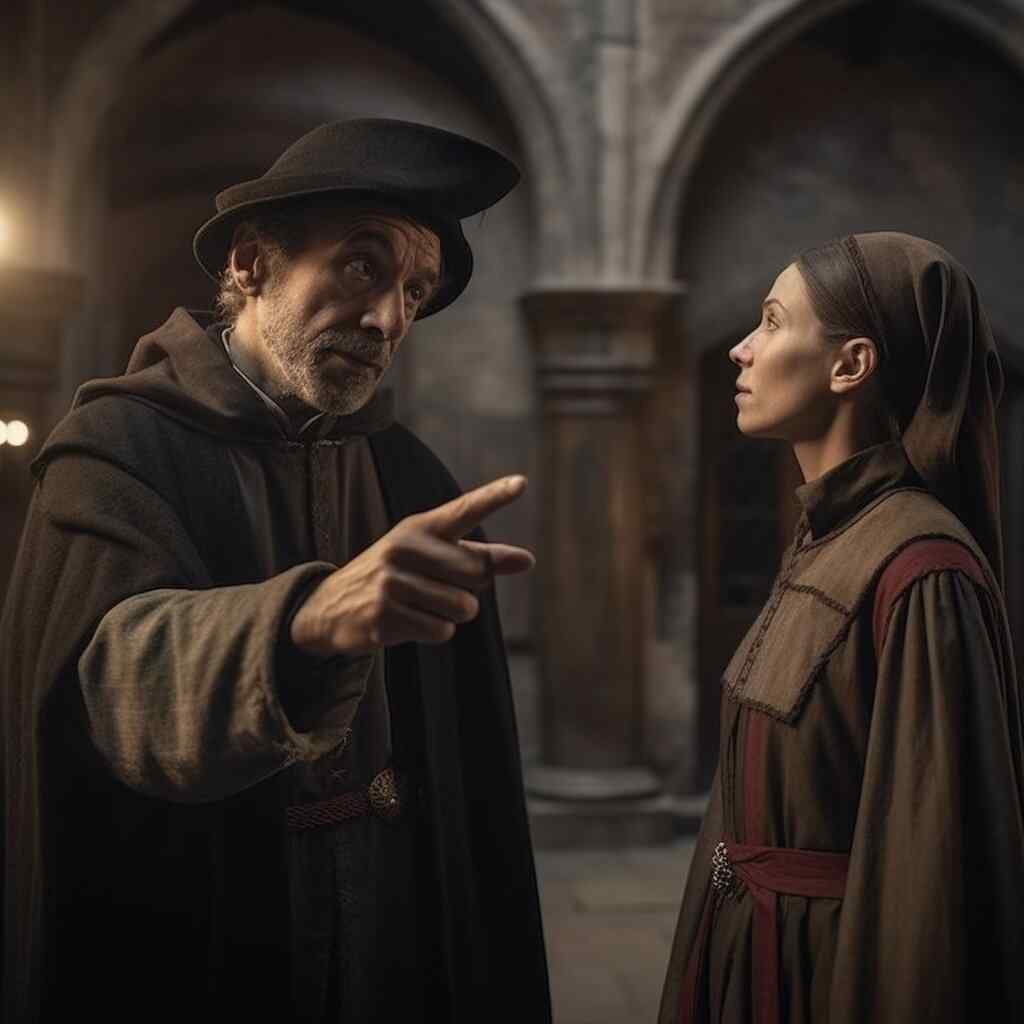
Throughout the Dark Ages, merchants were widely despised. They were expelled from the feudal system and punished for prioritizing money above religious responsibilities. It is because they were resellers or usurers rather than producers, their profit-seeking was seen as violating "God's laws." Despite prejudice, merchants dominated the economies and cultures of newly founded and growing towns.
Various municipal guilds were created by grocers, spice merchants, cobblers, apothecaries, and goldsmiths alike. Even among early merchants, the church was hostile, even to banking and commerce, which they themselves used. The church persuaded people that they were evil and encouraged many to shun them. It was these few who became responsible for what we now know today as currency.
There Were Animal Trials
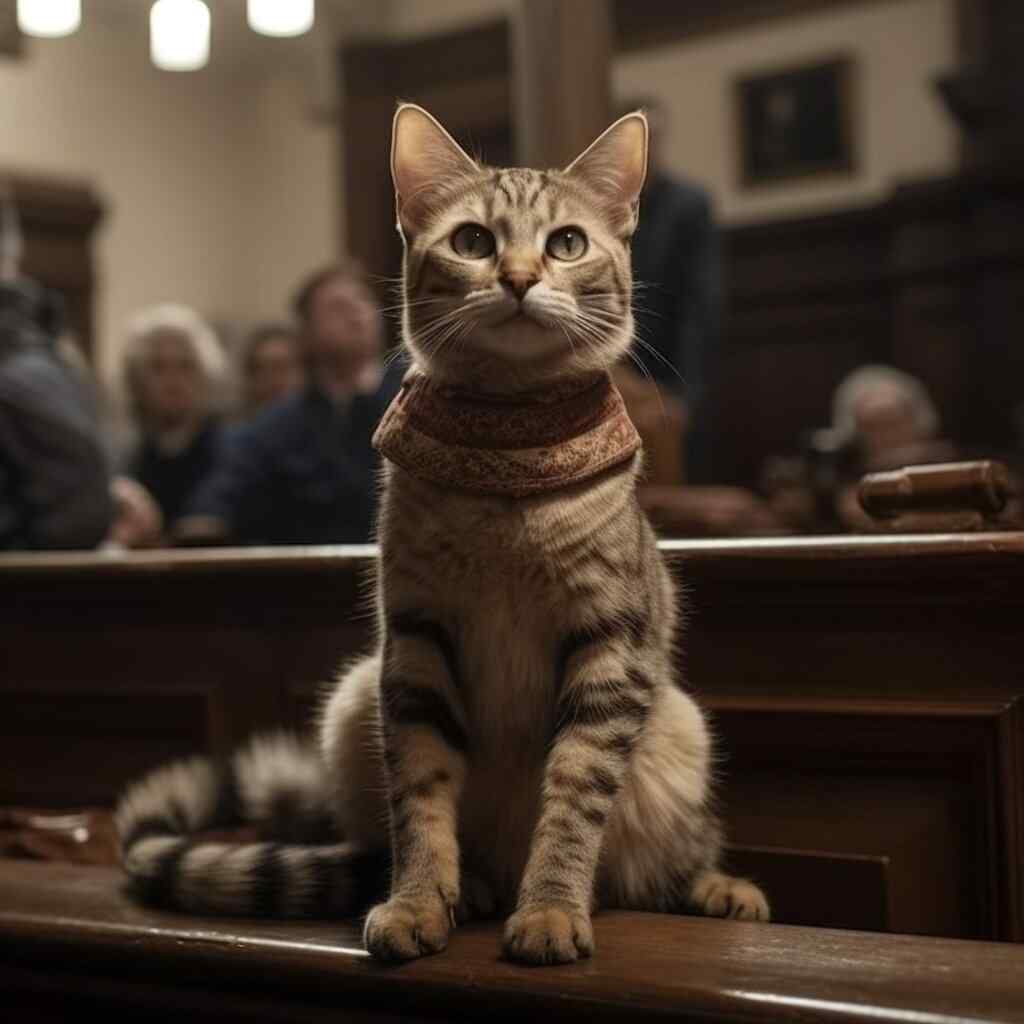
During the Dark Ages, animals were also held accountable for their actions. From rodents to livestock, animals were put on trial for their crimes, just like humans. These trials, known as animal trials, were often held in public, and the animals were often represented by a lawyer or a defender.
The animal trials were based on the belief that animals, like humans, were capable of committing crimes and sins. In many cases, the animals were accused of causing damage to crops or livestock or even of attacking and killing people. These trials were held by the church and were considered a way to show that justice was being served in society.
The Term ‘Dark Age’ is Derogatory
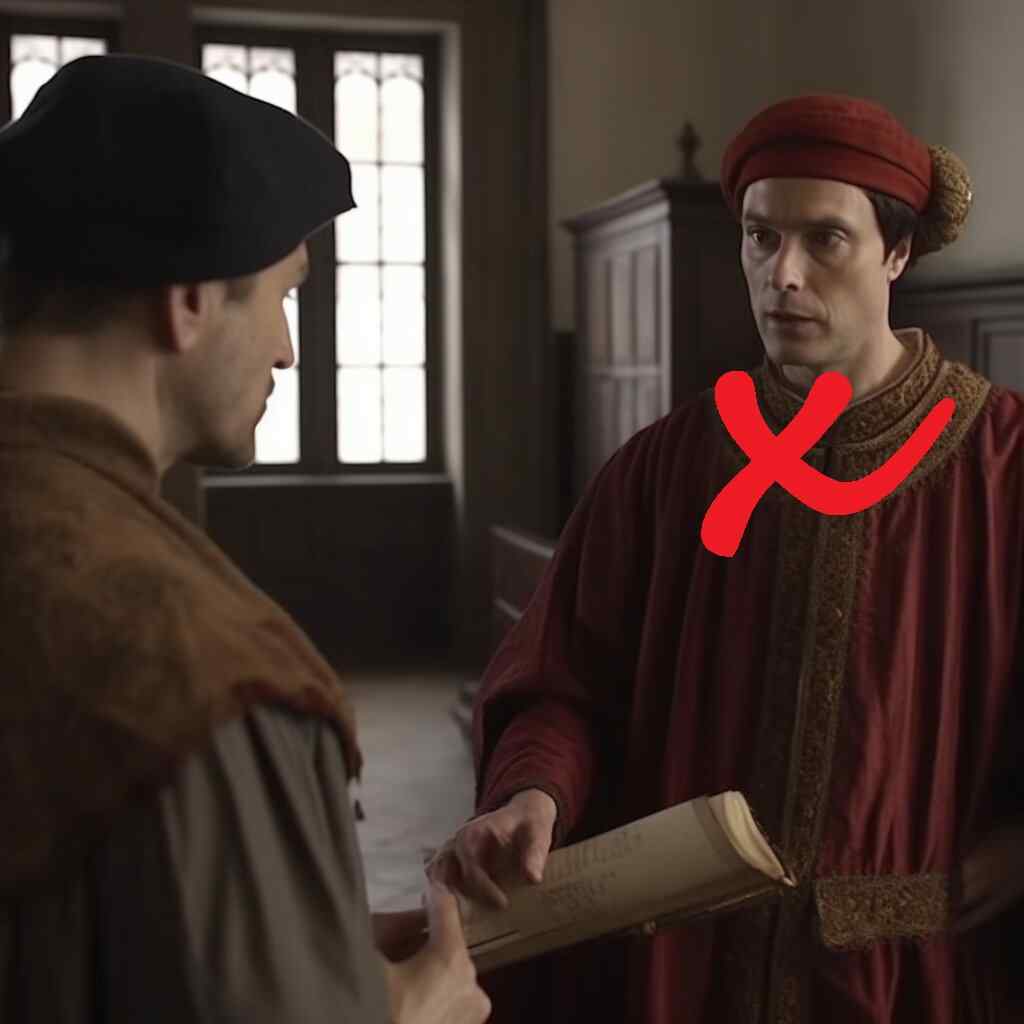
In the 1330s, Petrarch, an Italian scholar and poet, used the phrase "Dark Ages" (476 AD–1000 AD) to characterize the decrease in Latin writing after the collapse of the Western Roman empire. Many call this time the "Dark Ages" because it witnessed little scientific and cultural progress. Medieval historians have disregarded the phrase since it doesn't hold up.
Most modern historians dismiss the idea that the era was a "Dark Age" because it was based on ignorance and popular stereotypes. Many previous authors assumed the era was a violent and stagnant time and used this assumption to prove it. Scholars today refer to the time frame as The Middle Ages.
Women's Role in Society

Throughout the Dark Ages, women's lives were often impacted by their social status and religious beliefs. Women were associated with Biblical figures such as Eve and the Virgin Mary when it came to their moral and vocational responsibilities in society. Women were generally considered the property of their closest male relatives under medieval European laws and cultural practices.
Women worked just as hard as men but were not compensated as well. They regularly worked in the fields alongside their husbands and fathers, but their achievements were seldom acknowledged. In the Dark Ages, women were classified as having two career options: mother or holy lady, with prostitute or chattel filling in the gaps. Regrettably, for the most part, this stereotype is accurate.
Women Liberated With Religion

During this time, women's roles in religion were often dictated by their social status and religious beliefs. In medieval art, the responsibility of women for the 'original sin' is often emphasized by giving a female head to the serpent who tempts Eve to disobey God. The story underlined the belief that women were inferior to men.
Despite these ideas, some women were able to hold very powerful positions in the church. An examination of female mystics and religious groups, their lives, and the work they created reveals that these women used their connection with their bodies and gender to build a framework of spiritual liberation for themselves and the women around them.
Low Class Women Greater Had Equality
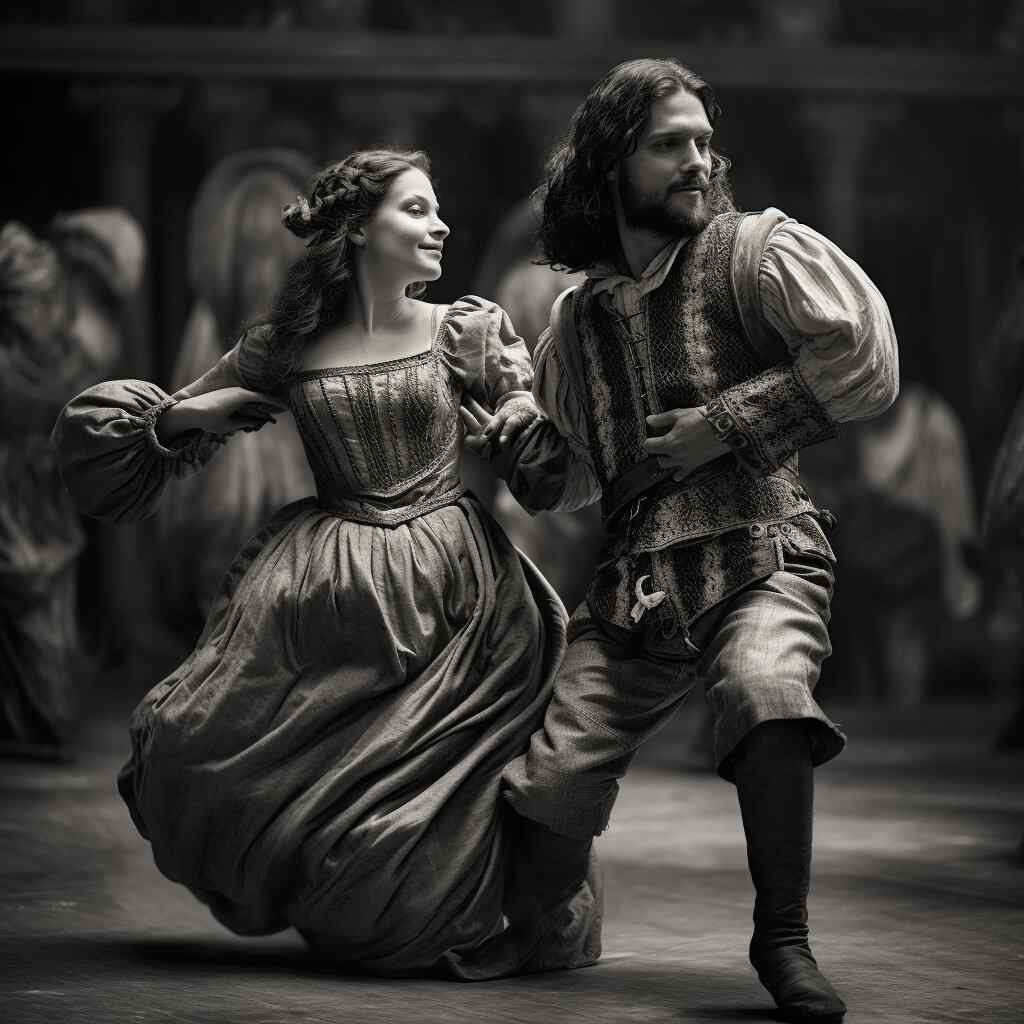
The Church and nobility regulated women's rights throughout the Dark Ages. The feudal system, which separated society into clergy, nobles, and serfs, kept everyone in their place, while the medieval Church gave the "big picture" of life and one's role. Women were only allowed to be nuns in the church.
Because land meant power, noble women's status was determined by how much land they brought to the marriage, which affected their quality of living and autonomy. Yet, because serfs, male and female, lived a hard existence and worked alongside men in the fields and medieval guilds, they had greater freedom of expression than women of other classes; such as freedom to dress, act, and marry however they liked.
Women Didn't Wear Briefs

Women didn't wear briefs of any variety during the Dark Ages. Bras and underpants weren't thought to exist in that time and place—historians have generally agreed women wore only chemise or shifts beneath their clothes. During the Dark Ages, women’s undergarments were quite different from what we know today.
It's wildly accepted that women wore a loose top, like a shirt, under their garments, rather than what we see today. A chemise was a loose-fitting undergarment that was worn next to the skin to protect clothing from sweat and body oils. It was usually made of linen and was the only garment that was washed regularly. The shift was similar to the chemise but was longer and a bit roomier.
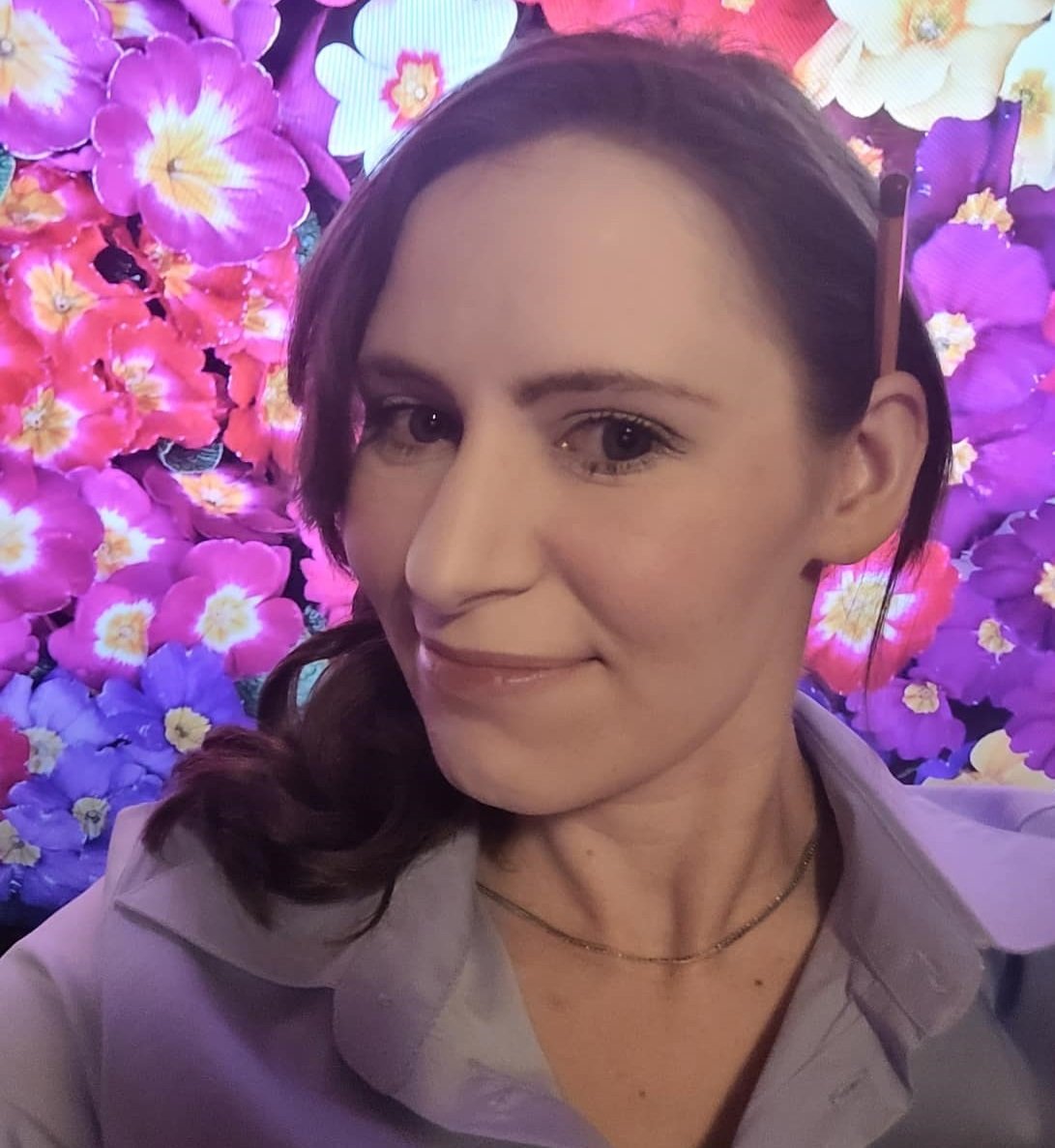 Author
Jennifer Freehill
Last Updated: November 05, 2023
Author
Jennifer Freehill
Last Updated: November 05, 2023
